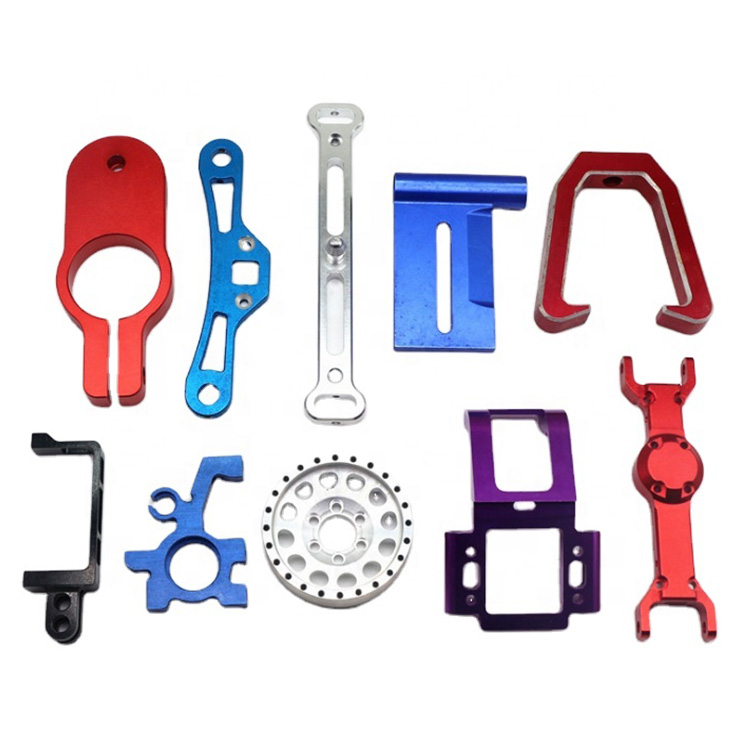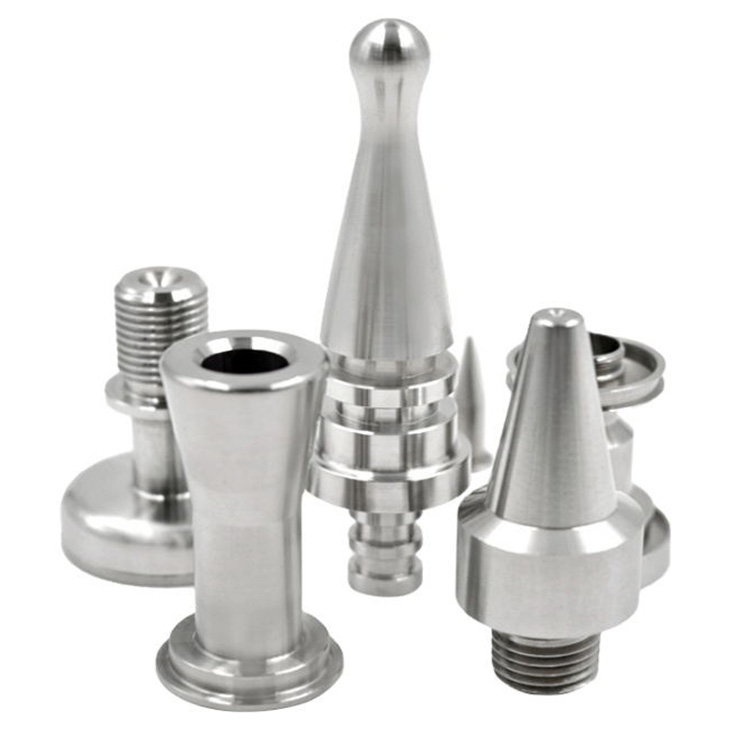
CNC Machining of Automotive Parts
The history, current situation, advantages, manufacturable parts, processes, and precautions of CNC machining of automotive parts provide a comprehensive understanding for the automotive manufacturing industry.
1.History and current situation
Historical origin: The application of CNC (numerical control machine tool) technology in the field of automobile manufacturing can be traced back to the 20th century. With the continuous progress of technology, CNC machining has become the mainstream method of automobile parts manufacturing.
Current situation: Currently, CNC machining plays a key role in automotive manufacturing, providing reliable solutions for producing high-precision and high-quality components.
2.Advantages
High precision: CNC machining provides excellent precision, suitable for manufacturing automotive parts with extremely high requirements for size and geometric shape.
Flexibility: It can easily adapt to different materials and design requirements, providing customized solutions.
Efficient production: Automated control and high-speed processing make the production process more efficient, helping to quickly meet market demand.
Complex geometric shapes: capable of handling complex part designs, including surfaces, holes, and bumps.
3.Manufacturable parts
CNC machining can produce various components in automotive manufacturing, including but not limited to:
Engine parts: cylinder block, crankshaft, cylinder head, etc.
Steering and suspension components: steering gear, suspension arm, etc.
Brake system components: brake discs, brake calipers, etc.
Interior parts: panels, dashboard, center console, etc.
Appearance parts: body panels, doors, bumpers, etc.
4.Process
CNC machining of automotive parts typically involves the following process steps:
Design and Modeling: Using CAD/CAM software for design and modeling, determining the geometric shape and dimensions of parts.
Material preparation: Select appropriate automotive grade materials such as aluminum alloy, steel, etc.
Machine setting: Set CNC machine parameters according to specific part requirements.
Processing operations: Use CNC machine tools for milling, turning, drilling and other processing operations.
Quality control: Conduct quality inspections of parts to ensure compliance with design requirements.
5.Precautions
Material selection: Choose suitable materials based on the purpose of the parts, considering their strength, weight, and corrosion resistance.
Tool selection: Choose appropriate tools and cutting parameters to ensure efficient machining and workpiece quality.
Process optimization: Optimize the processing path and process flow to improve production efficiency.
Cooling system: Ensure effective operation of the cooling system to prevent overheating of parts and tools.
Quality inspection: Conduct strict quality inspections to ensure that every part meets the design standards.
Conclusion:
CNC machining has demonstrated significant advantages in automotive manufacturing, providing a reliable solution for producing high-quality and high-precision automotive parts. Understanding its history, advantages, processes, and precautions can help manufacturers better utilize this advanced technology and drive continuous innovation in the automotive industry.









